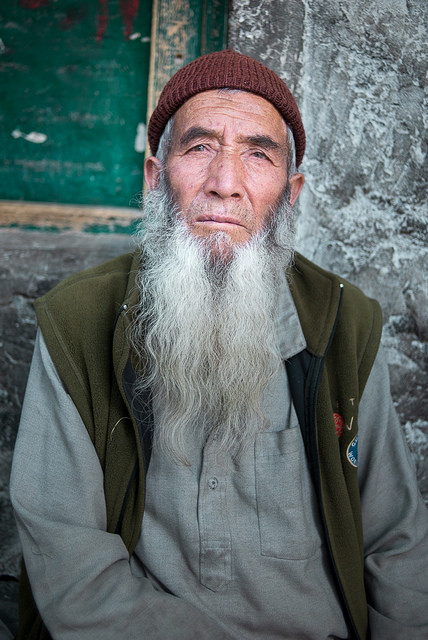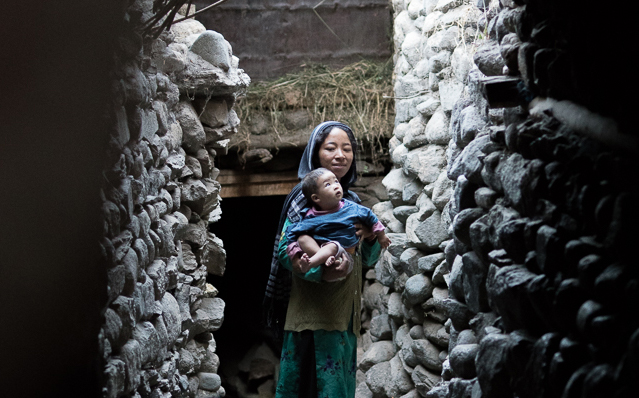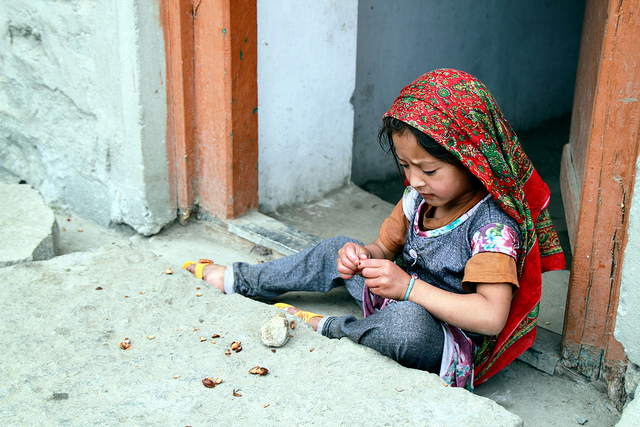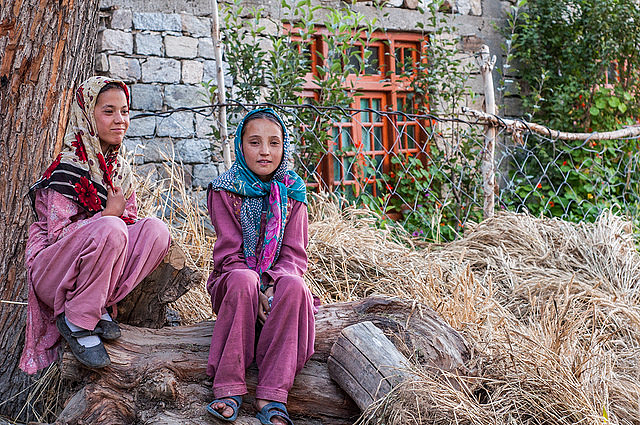Despite being kicked back and forth between Pakistan and India, the 3,300 residents of the village of Turtuk are determined to continue their traditional lives and culture. Turtuk, located in the northwest section of the Leh District of Ladakh, was part of India until the 1947 war, then part of Pakistan after the war but it was part of a sliver of land captured by the Indian Army in the 1971 war. The village, located at the edge of Baltistan, has remained part of India ever since.

Unlike much of the Leh District, which has a Tibetan Buddhist culture, Baltistan, including Turtuk, has a distinctive Balti Muslim culture. A journalist for The Hindu, Archita Suryanarayanan, strikes up a conversation in the village with a group of elders. They tell her of the effects of being citizens of Pakistan and then of India—without leaving the village where they were born and raised.
She visits a house that dates from the 15th century when the village was first settled. The owner of the dwelling, Mohammad Ali, has converted part of the house into the Balti Heritage Museum. She learns there that the Brokpa people once inhabited the region but a Central Asian warrior group took over. Later, these various groups settled and became traders in Turtuk, which is situated on the Shyok River, a part of the Silk Road. The people in the village appear to be proud of the richness of their ethnic diversity.
Ali points out various objects in the museum—everyday things collected by the family over the generations, such as a 300-year-old stone dish, agricultural implements fabricated out of ibex horns, and coats made out of yak hair. He tells the journalist that his seven children, none of whom are now located in Turtuk, urged him to open the museum, which he just did in May. So far it has been mainly visited by Turtuk villagers but people from other districts and a few tourists have come as well.

Just a few alleys away from Ali’s place is the former palace of the Yabgo dynasty, which is also a museum. The author meets Yabgo Mohammad Khan Kacho, the currently reigning owner of the royal residence. He tells her that his dynasty ruled Baltistan for more than 2,000 years. However, the kingdom was divided among three sons and subsequently it became part of Pakistan—except for this small sliver that was re-captured by India. He has converted part of his palace into a museum that displays relics of his dynasty—armaments, swords, coins, and headgear worn by the former kings and queens.
He tell his visitor during a tour of the palace that it has not been much changed since the 15th century. One change, however, is that some of the walls have been replaced by glass so that the museum pieces can be easily seen against a background of the lush, green valley. Ms. Suryanarayanan writes that Turtuk is in a greener landscape than most of the rest of Ladakh.

The village is surrounded by orchards and fields; the people grow grapes, peaches, cherries and apricots. An earlier article about Turtuk emphasized the importance of apricot cultivation in the village. As the journalist walks out onto the terrace of the royal palace, her host plucks green grapes off a vine and offers her some.
She speaks with Gulam Haider, who runs a guesthouse, though he tells her that he has no guests in the winter. He adds that conditions are much different in the winter. Turtuk families stock up on food and everyone gathers around the stove in the kitchen. If there is electricity they watch television but if not they socialize with their relatives. “It is aaram, no tension,” he tells her.

Turtuk was allowed to open up for tourists in 2010 though it has not as yet become a popular destination. The village has a unique Balti cuisine served in local restaurants, an annual cultural festival, polo matches, and various sites around the community worth the time of visitors.
However, the author concludes, other more popular places in Ladakh for tourists have suffered from an abundance of trash, particularly plastic waste, plus other negative effects from the changes such as water shortages and rampant construction. Turtuk as yet has avoided such pitfalls. For the moment, the town remains quiet. As darkness falls, the calls of the muezzin echo over the town, the surrounding fields, and the rest of the valley.